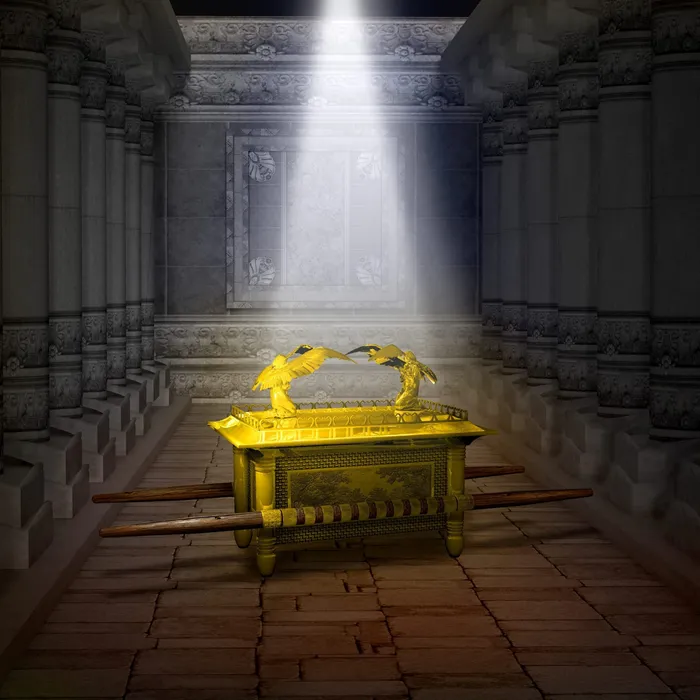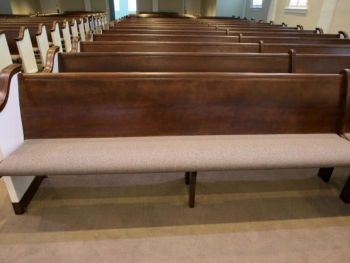The Ark of the Covenant is one of the most enigmatic and controversial objects in the Bible. Described in the Old Testament as a sacred chest made of acacia wood and covered in gold, the Ark is said to have contained the tablets of the Ten Commandments, as well as other important relics. It was believed to be the physical manifestation of God's presence on earth and was carried by the Israelites throughout their journey in the wilderness.
But what became of the Ark? Some believe that it was lost or destroyed, while others claim that it was hidden away, waiting to be rediscovered. In recent years, a number of scholars and adventurers have set out to uncover the truth about the Ark, examining the evidence and investigating potential locations.
One of the most promising leads is the theory that the Ark is located in Ethiopia. According to local legend, the Ark was brought to Ethiopia by the biblical figure Menelik, the son of King Solomon and the Queen of Sheba. The Ark is said to be kept in a chapel in the Ethiopian city of Axum, where it is guarded by a select group of priests.
While there is no definitive proof that the Ark is in Ethiopia, there are several intriguing pieces of evidence to support the theory. For example, there are historical records dating back to the 9th century that describe the presence of the Ark in Axum. Additionally, there are several ancient churches in Ethiopia that are designed to resemble the shape of the Ark, suggesting that it was a significant part of the country's religious heritage.
Another theory is that the Ark is located in a secret chamber beneath the Temple Mount in Jerusalem. According to this theory, the Ark was hidden away during the Babylonian invasion of Jerusalem in 586 BC, and it has remained hidden ever since. While there is no concrete evidence to support this theory, it has captured the imaginations of many, and there have been several attempts to locate the Ark using ground-penetrating radar and other advanced technologies.
Despite these theories, there is no definitive proof that the Ark of the Covenant still exists. Some scholars believe that the Ark was destroyed or lost centuries ago, while others argue that it never existed in the first place, but was instead a literary device used by the authors of the Old Testament to convey religious and cultural messages.
The Ark of the Covenant remains one of the greatest mysteries of the Bible. While there are many theories and legends surrounding its fate, there is no concrete evidence to support any of them. Whether the Ark is fact or fiction, its legacy continues to inspire curiosity and fascination among scholars and believers alike.




